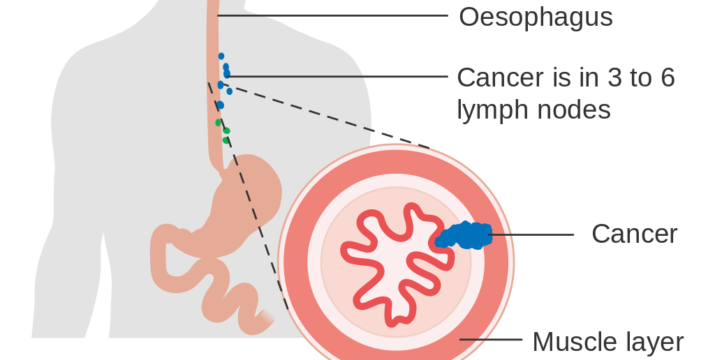
Researchers develop device for diagnosis of oesophageal cancer
The Institute of Biological and Medical Imaging (IBMI) at Helmholtz Zentrum München, Germany, is heading a research project aimed at developing a novel endoscopic instrument for early diagnosis and staging of oesophageal cancer.
The ‘Hybrid optical and optoacoustic endoscope for oesophageal tracking’ (ESOTRAC) research device could help to reduce the number of unnecessary biopsies and facilitate early-disease detection, leading to earlier starts in therapy.
ESOTRAC has been awarded €4m under Horizon 2020.
With more than 450,000 new cases per year and a five-year survival rate of only 10% when diagnosed late, EC is the sixth-leading cause of cancer-related deaths. Currently, oesophageal cancer is detected using white-light endoscopy or random tissue biopsies, followed by histopathological analysis of excised tissue. Due to limitations of the current detection methods, it is typically detected at an advanced stage which is treated surgically and attains poor survival prognosis.
ESOTRAC brings together an interdisciplinary, five-country research team which will develop an innovative endoscope that combines sensing of pathophysiological tissue signatures resolved by multi-spectral optoacoustic (photoacoustic) tomography (MSOT) with morphological disease signatures provided by optical coherence tomography (OCT).
Professor Vasilis Ntziachristos, ESOTRAC co-ordinator, said: “The combination of MSOT and OCT can shape the way physicians look at the oesophagus in the near future.”
Professor Rebecca Fitzgerald, a world-leading clinical expert in oesophageal cancer, added: “From a clinical perspective, we desperately need new technologies that improve imaging and combine information on molecular markers for early detection of disease and this research is trying to do exactly that.”
ESOTRAC aims to create an endoscope that can be widely deployed in gastroenterology clinics.




